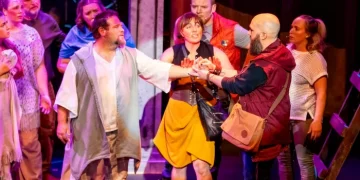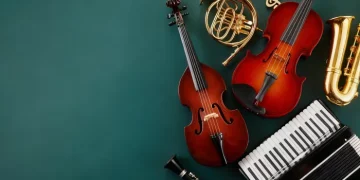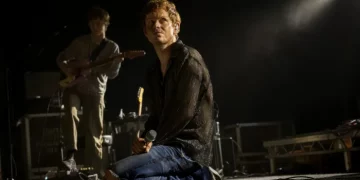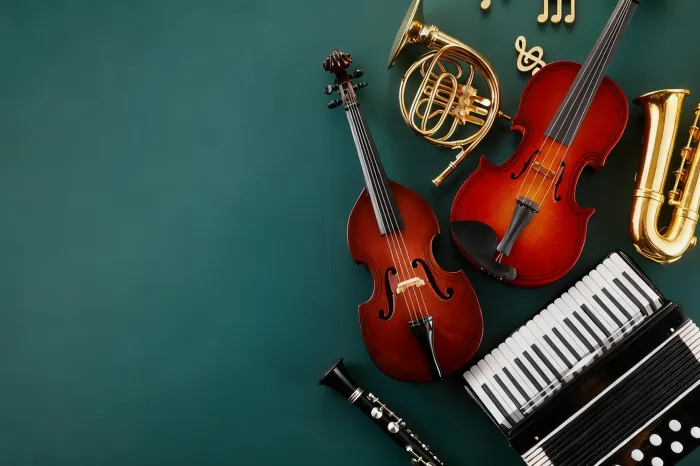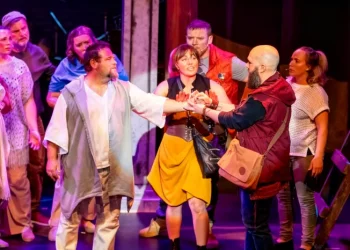Music, Mischief, and the Magic of Learning
If you’ve ever wondered whether songs could actually make teaching more effective (or at least, entertaining enough so no one falls asleep during a lesson on the metric system), you’re in the right place. Around the world, teachers and students are cranking up the volume not just for fun, but because singing really does have that peculiar power to unlock enthusiasm, memorization, and maybe—just maybe—a few dance moves no one wanted to see.
Why Teaching Needs an Official Soundtrack
Honestly, if classroom life had a playlist, it wouldn’t be all educational anthems; there’d be plenty of groans, squeaky chairs, and the occasional unintentional percussion section courtesy of math textbooks hitting the floor. Yet, from the delight of Children’s Day celebrations in India to the folk music movement in rural Bangladesh, it’s clear: busting out a good song is one of teaching’s most effective—and often underappreciated—hacks. One look at Children’s Day 2025 song lists and you’ll find classics like “Lakdi Ki Kaathi” and “Bum Bum Bole” designed for maximum giggle output, making even the toughest crowd succumb to the infectious energy of music.
Why does this matter? Because education isn’t just about shoveling facts into young minds; it’s about connecting, communicating, and occasionally surprising students with a grown-up’s ability to still rhyme for no good reason. In rural Bangladesh, the Mayer Tori initiative teaches hundreds of children not just folk songs, but values like respect, empathy, and delight in tradition—a lesson that sticks a lot better when set to a memorable melody.
Songs as Secret Teachers: From Bollywood to Bangladeshi Folk
Forget everything you think you know about school assemblies being just another tick box; at these events, music becomes more than background noise—it’s the glue that binds communities. Whether it’s an enthusiastic rendition of “Nanhe Munne Bachche” at assemblies or children strumming the dotara in a dusty Bangladeshi village, songs worm their way past resistance into the hearts and minds of listeners. They’re the mnemonic devices students never have to write down. The science behind it is clear: melodies and lyrics make facts easier to recall, emotions easier to feel, and traditions easier to pass along.
It makes you wonder: if every mathematical theorem were set to the tune of a hit pop song, would we all still confuse our cosines and tangents? And wouldn’t spelling bee competitions be even more riveting if contestants sang their spellings?
When Teachers Take Center Stage—and Everyone Wins
Here’s a secret every student eventually discovers: teachers are just big kids in slightly more sensible clothing. That’s why the best classroom moments often involve surprise performances. Across Children’s Day events, teachers don costumes, sing, dance, and sometimes absolutely butcher the lyrics—but that’s precisely the charm. When a math teacher belts out “Taare Zameen Par” or launches into a folk tune, it’s not just an academic lesson; it’s a masterclass in vulnerability, humor, and making learning memorable.
Educational researchers might try to measure the impact of musical teaching, but if you ask students, they’ll tell you: “I remember that lesson—Miss Patel sang ‘Papa Kehte Hain’ in a tutu,” or “My geography teacher played the flute to explain river bends. Still weird, but unforgettable!” Songs inject novelty into lessons, break the ice, and build communities where learning feels more like fun than obligation. As they say across Bangladesh’s musical initiatives, music teaches humanity first, curriculum second.
The Universal Playlist: Songs for Every Subject—and Every Student
Let’s be honest: not every lesson can be jazzed up with music. No one wants to hear the quadratic formula remixed as a dubstep banger (or do they?), but there’s a reason events like Children’s Day put such focus on musical celebration. Whether the tune is a Bollywood favorite, a folk ballad, or a teacher’s own creation, songs offer something you just can’t get from silent worksheets: camaraderie, creativity, and a hint of controlled chaos.
And even outside the classroom, music remains the cultural currency of learning. From Mayer Tori’s movement to revive folk music and values for Bangladeshi children to the cheerful chaos of school celebrations, the impact is the same—a reminder that when you teach through song, you’re not only imparting knowledge, you’re giving students a reason to participate, remember, and smile.
Conclusion: Hitting the Right Note in Education
So the next time you see a bunch of students singing “Lakdi Ki Kaathi” as loudly and off-key as possible, or a math teacher waltzing with a ukulele, remember: This isn’t just entertainment. It’s education at its most memorable, a lesson in the joy of teaching that no textbook can quite emulate. Songs break barriers, build bridges, and occasionally inspire the kind of learning that doesn’t leave the brain the minute the bell rings.
The message? If you want them to remember, don’t just teach—sing about it. And if all else fails, resort to interpretive dance. At least they’ll remember you tried.

